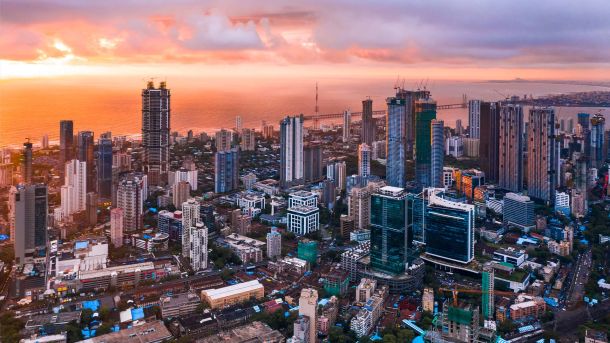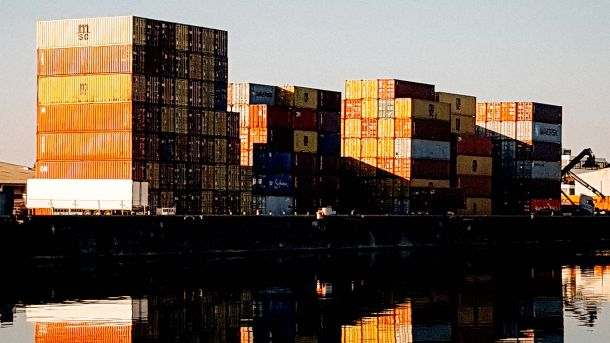Manufacturing Production

Manufacturing production in South Africa decreased by 1.2% annually in August 2024, following a revised growth of 1.6% in July. This decline coincided with a significant drop in the Purchasing Managers’ Index (PMI), which measures manufacturing confidence, falling nearly 9 points from 51.4 in July to 43.6 in August.
The contraction in production volumes can largely be attributed to a 16.1% decline in the manufacturing of motor vehicles, parts, and accessories, which subtracted 1.6 percentage points from overall manufacturing growth. Another notable decline occurred in the basic iron, steel, and machinery sector, which contracted by 5.4%, further reducing growth by 1.2 percentage points. On a positive note, the food and beverages category experienced a 5.8% annual growth, contributing 1.3 percentage points to manufacturing growth and offsetting some of the contractions in other areas.
Despite these challenges, the seasonally adjusted value of sales in the manufacturing sector increased by 0.5% year-on-year in August, although it fell by 1.8% from July to August. The petroleum and chemical products category was the largest contributor to sales growth for the rolling quarter ending in August 2024, rising by 6.9% and adding 1.4 percentage points to the overall 0.3% increase in manufacturing sales during this period. However, key sectors such as motor vehicles and transport experienced a 3.5% decline in sales volume, along with a 1.7% drop in the basic iron, steel, and machinery category.
The manufacturing sector remains vital for the South African economy, as it is the most industrialized sector on the continent. Currently, this sector employs around 1.65 million people, contributing about 12.5% to South Africa’s GDP. Growth within manufacturing is crucial for job creation and economic absorption.
However, businesses within the sector are adopting a cautious “wait-and-see” approach regarding investment and growth in the medium term. The Reserve Bank and commercial banks indicate that corporate South Africa holds substantial cash reserves. Companies appear to be waiting for the Government of National Unity (GNU) to deliver clarity on industrial policy and implement much-needed reforms, which were recently promised during the launch of Phase 2 at the Industrial Development Corporation (IDC) by President Cyril Ramaphosa.





